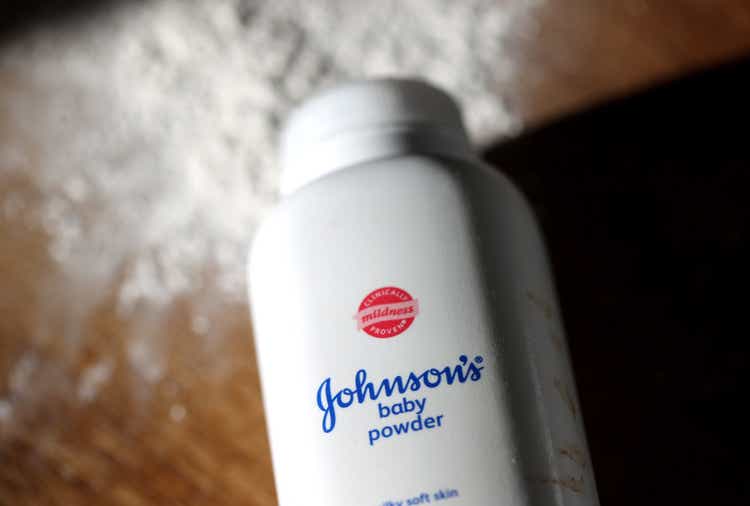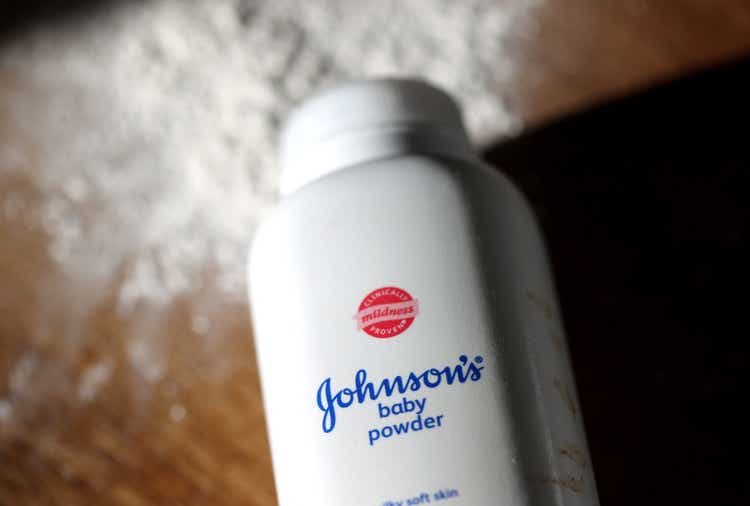
Justin Sullivan
The Department of Justice has objected to Johnson & Johnson’s third attempt to use a subsidiary bankruptcy as a way to settle talc-related cases while minimizing more exposure to the company’s assets.
The U.S. Trustee Program, a part of the DoJ that oversees bankruptcy case administration, filed a motion recently in a bankruptcy court in Texas accusing Red River Talc, the J&J unit formed specifically to file for Chapter 11 bankruptcy, of engaging “in an apparent effort to evade the bad faith findings entered in the previous cases.”
“The Debtor itself has no need for bankruptcy relief and it had no valid restructuring purpose when it filed its bankruptcy petition,” the motion states. “Furthermore, there is no legitimate purpose in allowing the Debtor to remain in bankruptcy while it pursues a futile strategy, designed to benefit a non-debtor, J&J, that cannot lead to a confirmable plan of reorganization.”
J&J’s latest talc settlement is ~$8B to be paid out over 25 years.
J&J has twice before, in 2021 and 2023, attempted to use a bankruptcy strategy known as a “Texas two-step” to set aside money in a new subsidiary to settle tens of thousands of lawsuits that accuse the healthcare giant’s talc products of causing cancer. In the prior two attempts, which ultimately failed, the name of the subsidiary filing for bankruptcy was named LTL Management. Those filings were in the New Jersey Bankruptcy Court.
The U.S. Trustee’s filing also cites the recent Harrington v. Purdue Pharma U.S. Supreme Court case. That June decision found that a lower court erred when it allowed a settlement to protect the Sackler Family from future litigation from prescription opioid victims.
“In this case, the cornerstone of the Debtor’s Proposed Plan is the series of injunctions and nonconsensual releases that will have the effect of permanently discharging the talc liabilities of J&J, its affiliates, and numerous other non-debtor parties.”
